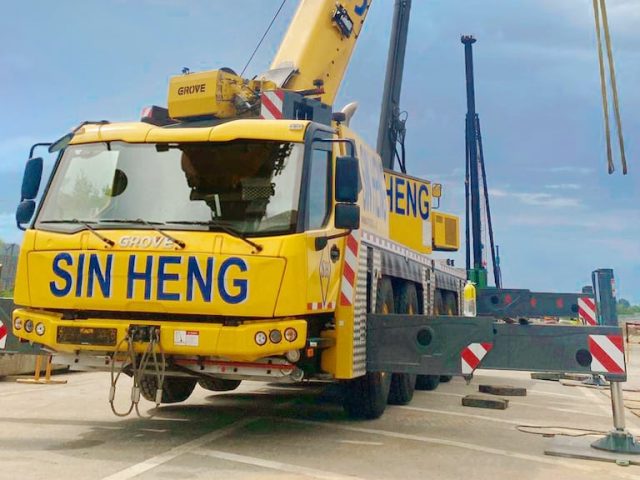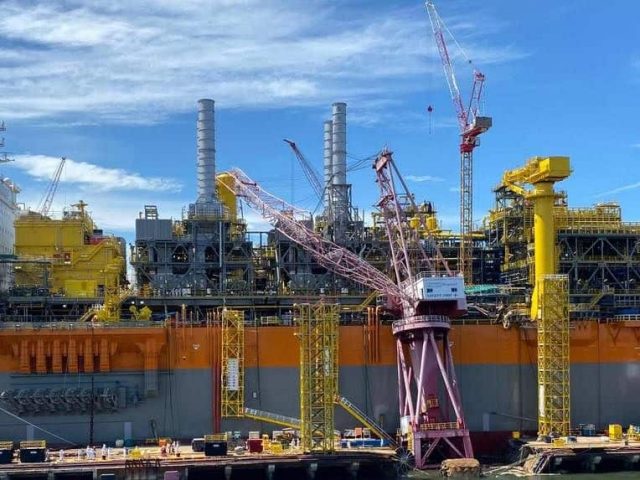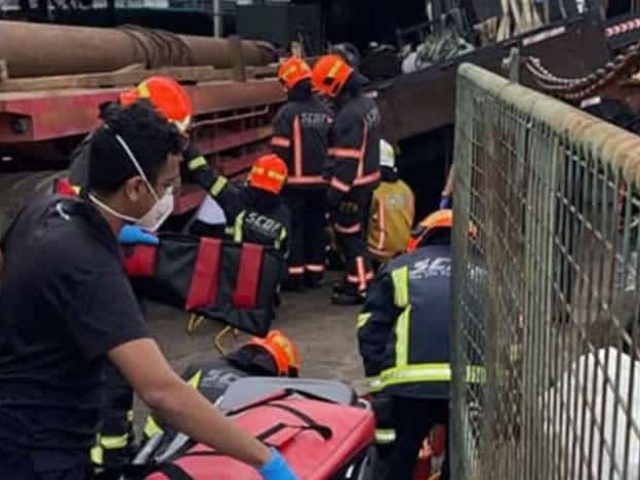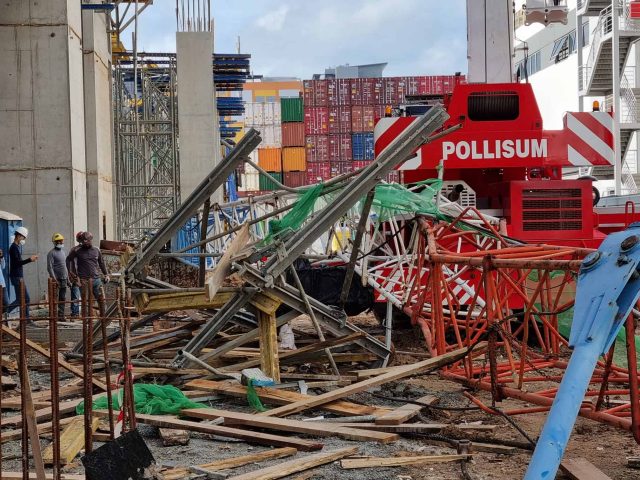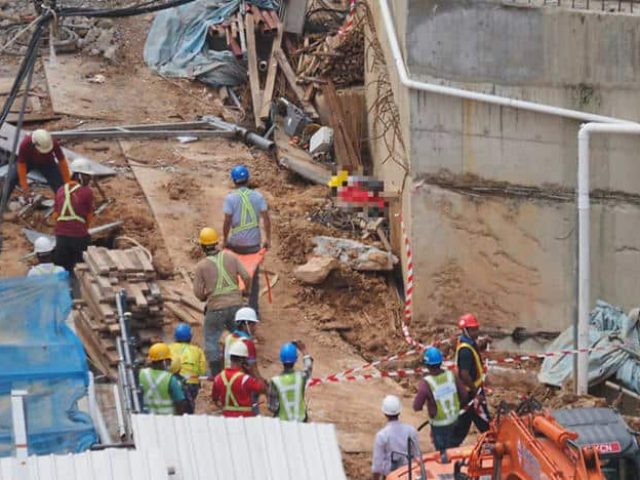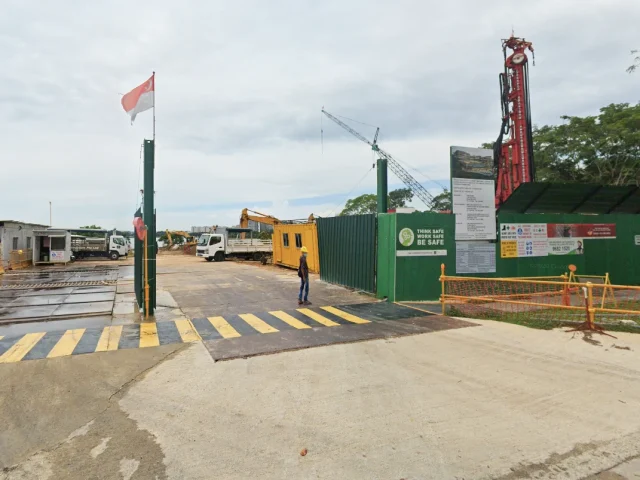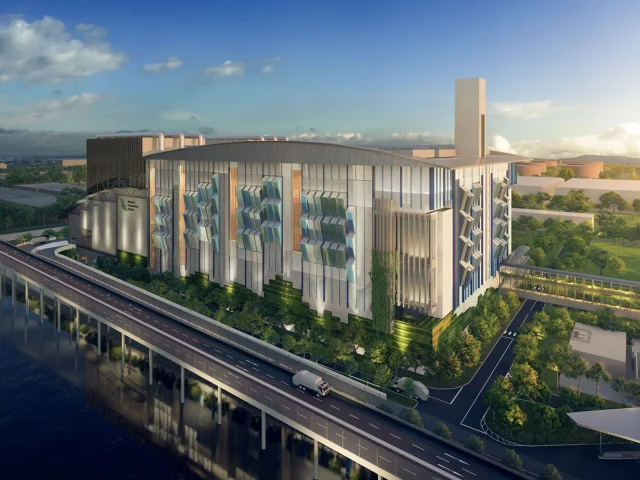Singapore’s agency Enterprise Singapore released a new framework called Exception Handling Framework (EHF) to allow local crane companies and crane owners to continue use of cranes of age 15 years and above.
Large Demand from public sector
According to the report from their Building and Construction Authority (BCA), the total estimated construction demand for 2021 is projected to recover to between S$ 23 billion and S$ 28 billion, with the public sector contributing about 65% of the total demand.
As most of the public sector projects are in close proximity to dense populated public areas, a stringent safety requirement was enforced, stipulating that cranes (Lifting Machines) need to be under 15 years of age to be deployed to job sites within the tender specifications.
The projects span across different government agencies mainly Land Transport Authority (LTA), Housing & Development Board (HDB), JTC Corporation (JTC), Public Utilities Board (PUB) and Ministry of Education (MOE).
Singapore’s current Construction sector situation
As the COVID-19 pandemic situation worsens due to the outbreak, Singapore entered a nationwide partial lockdown, known as Circuit Breaker around April last year, stopping almost all construction activities in the country except for essential services providers.
The lockdown directly impacts crane rental companies, and other sectors, reducing or totally cutting off their revenue. Although the Singapore government took efforts to provide several relief packages to ease these companies’ financial burden, the daily operating of the business is still suffering from cashflow problems.
Construction resume slowly towards the end of the year, but slow progress due to reduction of workforce at construction sites and irregular building materials supplies, indirectly lowers the utilisation of cranes.
Guidelines and perimeters for the Framework
The public agencies recognised that well-maintained cranes (Lifting Machines) above 15 years of age can be effectively deployed to their job sites, provided to the full compliance of the safety requirement stipulated by respective agencies through the Exception Handling Framework.
Crane companies can request to deploy cranes above 15 years of age to public construction job sites on a case-by-case basis, making the application via main contractors to the respective public agencies. While there are some conditions as mentioned below:
- Only applicable to mobile and crawler cranes of capacity 100 tonne and above.
- Must be below 25 years of age from manufactured date
- Documentary evidence indicating absence of high tonnage lifting machines available in the market.
The EHF waiver is valid for 6 months from date of approval and re-applications are required for a further 6 months extension.
Application Process
On top of that, an additional structural test report needs to be issued by an accredited testing laboratory with the following requirements:
- The assessment of the general conditions of the Lifting Machine, including defect types and localities, and corresponding corrective actions to be taken
- The testing methodology of the mechanical integrity of the Lifting Machine, as well as the Non-Destructive Testing and/or Mechanical Testing for critical areas
- Inspection evaluation of critical load-bearing parts and load-bearing welding points
- Recommendations of suitable inspection or maintenance regime
Crane companies would also need to propose usage duration and report on the competency and experienced crane operator.
The official letter can be found here: Application of Exception Handling Framework (EHF)
Cranepedia Comments
The government has made efforts to help crane companies remain sustainable and without the need for investment of newer cranes for public projects. However, according to a source in Singapore, crane rental rates have not seen any increment in recent years due to the competitiveness of the market. The cost and complicated application process to fulfil these requirements might not provide a competitive advantage, especially since it is still up to individual public agencies to accept these cranes.








